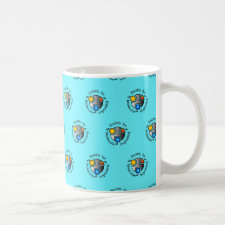
Authors: Wang XB, Qiu GH, Ge Y, Zheng W, Kong LM, Xue YJ, Ren B, Peng YX
Article Title: Highly selective magnetic polymer particles via molecular imprinting.
Publication date: 2015
Journal: Korean Journal of Chemical Engineering
Volume: 32
Issue: (11)
Page numbers: 2355-2360.
DOI: 10.1007/s11814-015-0055-5
Abstract: Magnetic hydrophilic molecularly imprinted polymer (MIP) particles were successfully synthesized via an inverse suspension polymerization in silicone oil, by employing methacryloxypropyltrimethoxysilane(MPS)-modified Fe3O4 nanoparticles as magnetic particles, 2,4-dichlorophenoxyacetic acid (2,4-D) as template, hydroxyethyl methacrylate (HEMA) as hydrophilic monomer, and acetonitrile as high polar porogen. The synthesized magnetic hydrophilic MIP particles could be separated rapidly under an external magnetic field. About 94% transmittance of the particlewater suspension could be reached within 20 min by magnetic separation, whereas about 84% transmittance was achieved after at least 180 min by sedimentation. The adsorption capacity of the particles was also studied in pure aqueous environments. These hydrophilic MIP particles had a higher selectivity for templates. Hydrophilic MIP particles took on a higher imprinting factor than hydrophobic MIP particles and 2,4-D were able to rebind hydrophilic MIP particles more easily than 4-Chorophenoxyacetic acid
Template and target information: 2,4-dichlorophenoxyacetic acid, 2,4-D
Author keywords: molecular imprinting, magnetic particles, suspension polymerization, Hydrophilic Particles, selectivity



Join the Society for Molecular Imprinting

New items RSS feed
Sign-up for e-mail updates:
Choose between receiving an occasional newsletter or more frequent e-mail alerts.
Click here to go to the sign-up page.
Is your name elemental or peptidic? Enter your name and find out by clicking either of the buttons below!
Other products you may like:
 MIPdatabase
MIPdatabase









